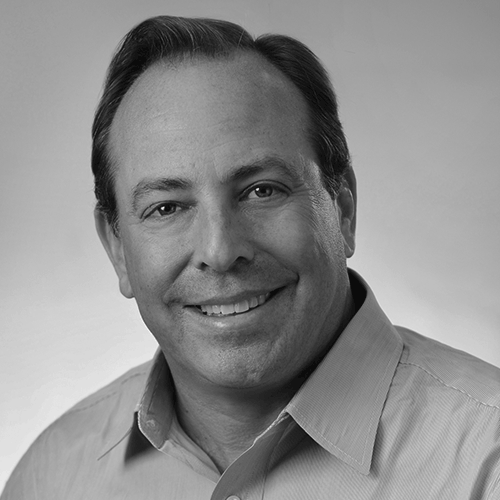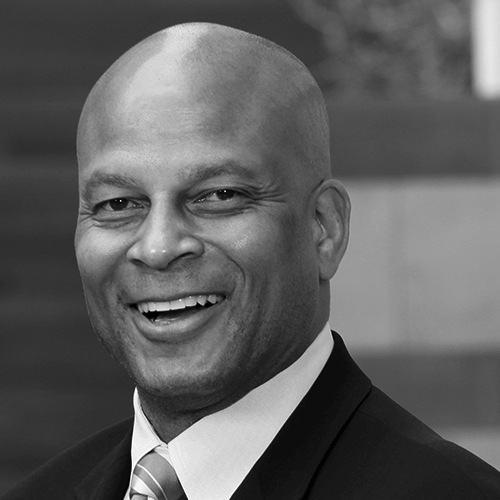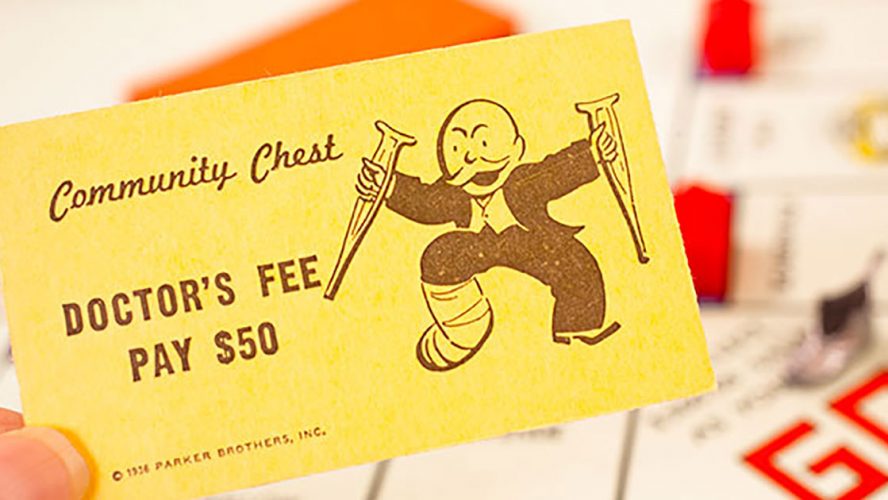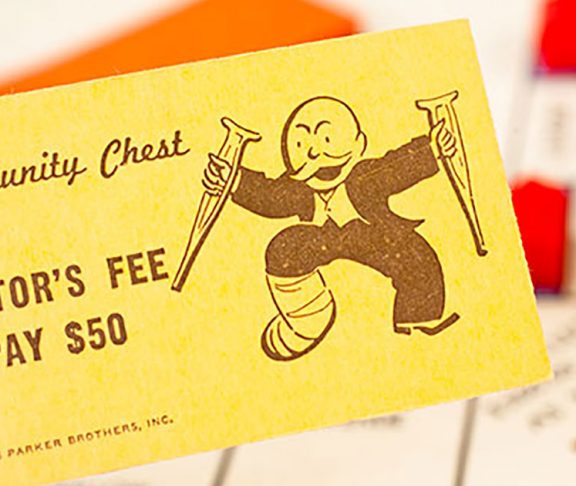No matter how much we try to predict the future or how diligently we budget, at some point all of us are likely to face an unexpected expense — think leaky boiler, car trouble or medical bill — that forces us to pull together a few hundred dollars or more quickly.
Obviously, the ideal situation would be a rainy-day fund you can tap into, but many Americans live paycheck to paycheck. Surveys have found more than half of Americans have less than $1,000 in their savings account and almost 40 percent have no savings at all. Many people will need to borrow to cover the expense.
We talked to Jay Levine, president and CEO of OneMain Financial, and Ronnie Lott, entrepreneur, NFL Hall of Famer and OneMain board member, about where people might turn in a financial emergency.

Jay Levine
President and CEO, OneMain Financial
Are credit cards a good place to find money for expenses?
Sure. If someone has a credit card that still has room on it, they can either use it to pay for what they need, like a home repair, or try to get a cash advance (though there are usually fees for this). If not, they can try to apply for a new credit card — one with a 0 percent introductory fee would be great. However, these offers are often only available for people with high credit scores, and you have to pay them off quickly because the rates will go up.
Are there other loan options?
Definitely. At OneMain Financial, we focus on personal loans, which can be a good option for people with a wide range of credit scores. Personal loans typically range from $1,000 to $30,000. Interest rates vary based on the size of the loan, whether it’s secured with collateral (usually a car), the borrower’s credit history and other factors. Annual percentage rates usually start around 16.9 percent and never go over 35.99 percent. Depending on a borrower’s situation, personal loans can have lower rates than credit cards.
What about payday loans?
Payday loans are often what people think of first when they need fast cash (partly because they’re heavily advertised), but I want to make it clear that these are very different from personal loans. Payday loans get their name from their small size (often between $100 and $1,000) and short duration (usually two weeks) — just enough to make it to the next paycheck. Typically, lenders charge $10 to $30 for each $100 borrowed.
The appeal of payday loans is that approval is fast and doesn’t require a credit check. Unfortunately, when the end of the two weeks comes, people frequently can’t pay back the loan, then roll it over into another payday loan, and another….

Ronnie Lott
Entrepreneur, NFL Hall of Famer and Board Member, OneMain Financial
How do personal loans work?
Personal loans have terms that usually last between three and five years. A borrower is loaned a lump sum of money upfront that can be used for almost any purpose and then agrees to pay a fixed amount (principal plus interest) each month. If all payments are made, the loan and fees will be paid off at the end of the loan. Personal loans that are paid on time can actually help improve a borrower’s credit score.
Any last words of wisdom?
Unexpected expenses are an inevitable part of life, but they shouldn’t ruin anyone financially or cause unnecessary stress. There are definitely some good options for people who need to borrow money even if they don’t have perfect credit. Check out all your options before making a decision and always work with people you trust.

